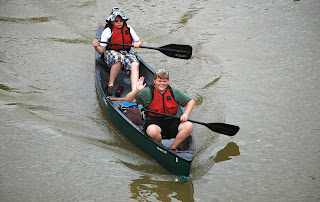Eastern Box Turtles
errapene carolina
The Hidden Creatures of the Forest exhibit houses four eastern box turtles, three females and one male. One of the females arrived in 2001 with a cracked shell, making it impossible for her to utilize a box turtle’s best defense against predators, which is closing the shell completely. The second female arrived in the summer of 2010 from a local veterinarian after suffering a leg amputation due to a possible lawn mower or weed eater encounter.
The third female arrived in the fall of 2010 after needing her front left leg amputated. The male, obtained from a local veterinarian in summer 2010, is easily identified by his silver splotched back.
While he was kept illegally as a pet, his owners painted him silver and released him into the wild. He was later found with a missing leg. The box turtles receive a mix of fruit, vegetables, and bugs twice a week during the spring and summer months.
PLEASE NOTE: Any reptile which has been held in captivity for more than 90 days can harbor pathogens that could negatively impact wild populations if released.
Size
4 - 8.5 inches
Appearance
Bridgeless, bilobed, hinged plastron which allows the turtle to close the shell almost completely. High domed, rounded carapace. Markings are highly variable, but usually the carapace is dark brown or black with yellow lines, spots or blotches; plastron is light tan to dark brown, yellow, orange or olive with some dark markings. Males generally have bright orange or red eyes, and are brighter overall; they can also be identified by their concave plastron which makes it easier to mount a female which has a flat plastron.















































